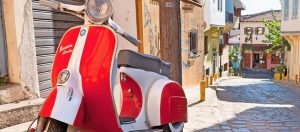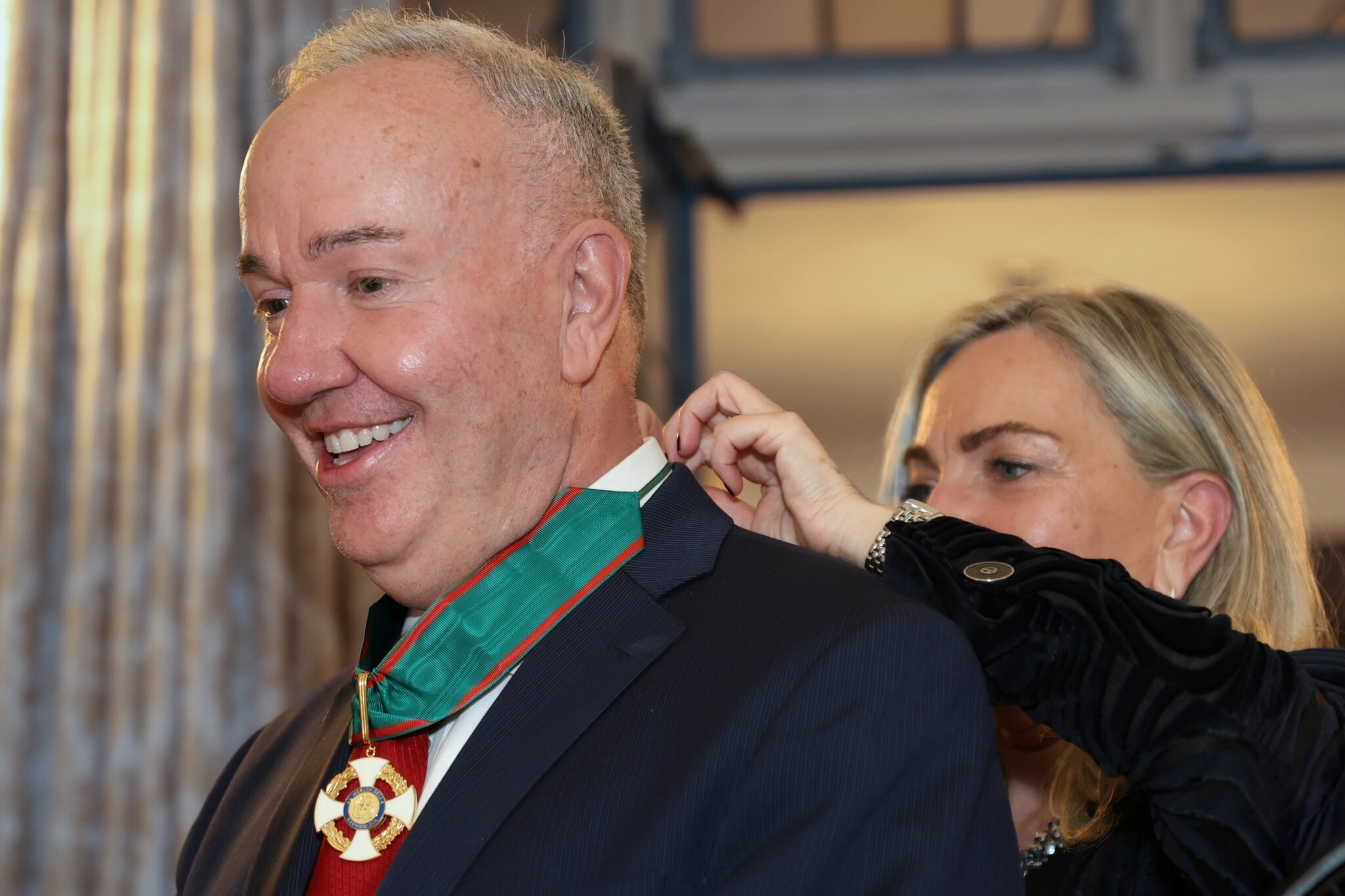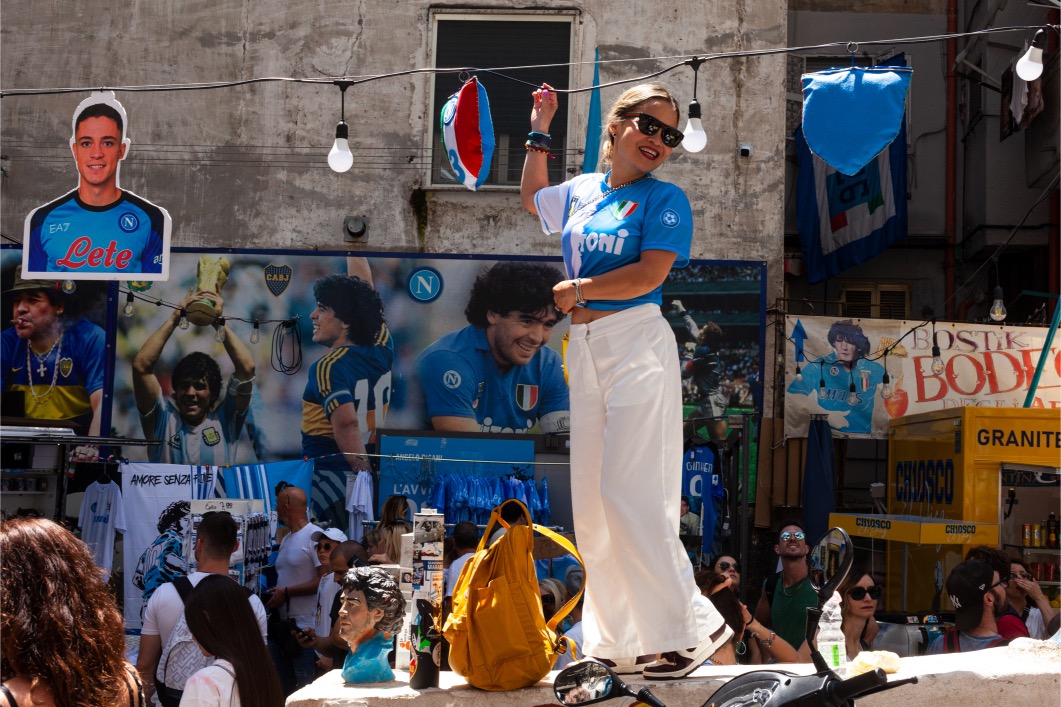And to think that it was to be only an interlude of imagination in comparison to the work undertaken on the helicopter project.
Not even Corradino D’Ascanio, father of the Vespa, would ever have imagined the success of his creation, which began on April 23, 1946 in the factories of Pontedera on behalf of the Piaggio company. This was the only company that had believed in the engineer from Abruzzi and they allowed him to grow, alongside his dreams to fly, in an even more stable economic project.

Today, that first oddly shaped motorcycle, but obviously linked to flying, celebrated its 70th year and has no intention of going into storage. It might be the only mechanical means that continues undaunted to propose itself without any fear of dismissal. At the point where the Fiat 500, the Volkswagen Beetle, the Citroen 2CV and the Renault 4 have given up, the Vespa continues to plough through the roads, along side of its worker cousin, the Ape (Bee) responsible for heavy transport and big jobs on the most impassable ground.
Corradino D’Ascanio was born in Popoli in the province of Pescara in 1891 and as a mere adolescent he became interested in aeronautical science. Fascinated by this pioneering world, in 1906 he built a glider on his own, attempting to put into practice his observations on the flight of birds. We are right at the debut of aviation.
Just three years after the first flight of the Wright brothers, the young D’Ascanio began to follow his zeal for planning with great interest and finished his university studies with a degree in industrial engineering from the Politecnico of Torino. Sent to the front during the First World War, the engineer did not stop and created the first installation of a radio transmitter and receiver on an Italian aircraft. He also performed the first test of the autopilot invented by L.B. Sperry, on an Italian aircraft, an SP Pomilio.
After the war, D’Ascanio dedicated himself totally to designing his first aircraft, an opportunity offered to him by the Pomilio production workshops of Torino, and for whom he designed a fast plane. The engineer emigrated to the United States with the company and at the Allison Experimental Works in Indianapolis, he designed three different types of airplanes: a light bomber, a reconnaissance aircraft, and a military fighter jet. When the Pomilio company ended its activities in America, it dragged into the abyss all those who had followed them in their adventure, and among them was D’Ascanio, following an attempt at an entrepreneurial adventure with his friend Veniero D’Annunzio (son of the poet, Gabriele D’Annunzio).

D’Ascanio returned to Italy determined to achieve his dream: the helicopter. The boy from the Abruzzi region won his challenge and in 1928 he created the first ever Italian helicopter and, in 1930, the first aircraft designed to shatter the record breakers of height, distance and duration of flight. It was Senator Giovanni Agnelli who had an intuition for his great potential and decided to jump into the business but with no success, because of the exorbitant request of an engineer who was his colleague, a so-called Trojani. It was this wrong decision that deprived Italy the technical leadership of this new aeronautical vehicle and stored that splendid prototype in an abandoned hangar in the middle of nowhere in Rome, destined to get moldy in total oblivion of the people.
D’Ascanio never abandoned his dreams and between 1932 and 1939, produced very important patents in the aviation and in the electronically field. In 1943, D’Ascanio completed a new prototype, the P.D.2, on behalf of Piaggio, which, however, never saw the light. The bombing of Pontedera, in fact, destroyed much of the industry, forcing its directors to move to Biella, and leaving an isolated D’Ascanio in Tuscany because of the armistice.
There will never again be success for the helicopters branded Italy. However, what remained was Piaggio and the trust that the company had in the talent of the engineer from Abruzzi. Enrico Piaggio looked curiously at the project of a new motorcycle. Because of the sound of the engine and the form of body, he compared it to a wasp (vespa) and marketed it with that name. The first scooter finally gave his creator fame, without stopping his creative streak. Instead, the Vespa became a legend and still today it maintains its almost unchanged form that made it famous.

D’Ascanio ended his long life in 1981, but the D’Ascanio myth is far from over. His Vespa and his Ape have motorized millions of people (and continue to do so), carrying men through the dusty street of Bombay and transporting merchandise on the plateaus of the Andes; his scooters have starred in major films (…unforgettable is the scene in Roman Holiday with Audrey Hepburn!) or they have represented the first example of peddler trade (in Sicily the Ape still today represents a true cult). Vespa and Ape are still on the move, carrying throughout the world the brand Made in Italy.





























